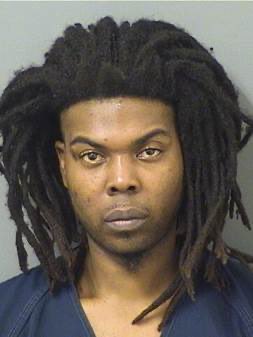PBSO GH2023-08-15T23:17:21-04:00Update
Further investigation led detectives to arrest, Jose Malagon, DOB: 7/16/1964, on the following charges: Attempted Murder with a Firearm, Sexual Battery with a Firearm, and False Imprisonment.
August 15, 2023
Around 6:18 am, Jupiter Police Department contacted PBSO advising that a woman had been shot, in an apartment, in the 200 block of Mallard Cove Road, unincorporated Jupiter. Upon arrival deputies learned a male was secured inside the residence, in question, with the victim. Contact was made with the male at which...







